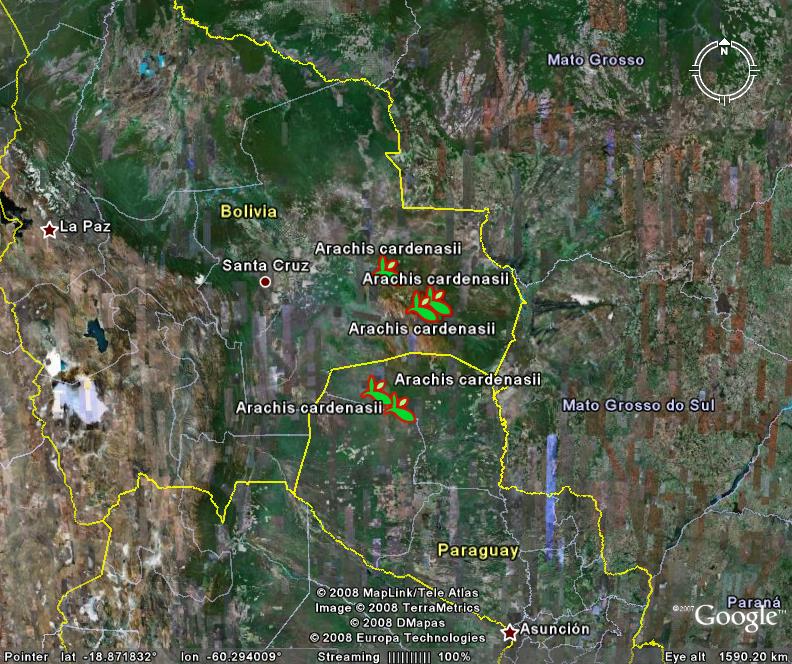- “Take into account both women’s and men’s preferences when developing and introducing new varieties.”
- Rats!
- Domestication of figs pre-dates that of cereals?
- Neanderthals liked barbecue.
- Underutilized plant in homegarden a terror threat.
- Heirloom bean farmer feted by Washington Post, added to Agricultural Biodiversity Weblog blogroll.
- Orchards as hotspots of agrobiodiversity.
- “…grass pea is a ‘poster child’…”
Nibbles: Favas, Olives, Insects, Beer, Hallucinogen
- UK breeders scour ICARDA’s fava beans for better genes. What next? Chianti?
- Olive cultivation then and now. An archaeologist speaks.
- Entomophagy.
- Lager yeast origins.
- Salvia divinorum: underutilized no longer.
Nibbles: Seed hunter, Milk, Wine, Pollinators, Cacao, Berries
- Seed hunter hunts cash. Australians can watch on 21 October.
- Is selling milk retail really diversification? Alex thinks so.
- In vino variety. Jeremy sez: “Theft (of headline) is flattery”.
- Pollinator presence plummets. Luigi also sez: “Theft (of headline) is flattery”.
- Cacao Germplasm Evaluation and Characterization Project. Nuff said.
- Ribes redux.
Nibbles: Poppies, Gardening, Milk, Grapes, Genebanks, Meat, Biotech, IK, Plant health
- Dropping the poppy.
- Gardening on windowsills and along roadsides.
- Cooling camel milk. Via.
- Fingerprinting grapes.
- “The seed banks that are run by agribusiness corporations would be a costly pursuit for the government and farmers.” Where to start responding to this? Thanks, Jeff.
- Further evidence of food price crisis.
- “What does biodiversity mean to Syngenta?“
- Traditional healer goes online. Via.
- Videos from Global Plant Clinic.
Another feel-good crop wild relative story
When I saw news stories a short while back about a new peanut variety called Tifguard, famous for having resistance to both peanut root-knot nematode and tomato spotted wilt virus (TSWV), the main question I had was where the resistance(s) came from. So I consulted our resident peanut expert, and it turns out that the nematode resistance gene in Tifguard came from the variety COAN. Which in turn got it from the wild relative Arachis cardenasii. And by conventional breeding, no less.
Although saying that glosses over the fact that Charles Simpson‘s introgression programme at Texas A&M sometimes involved making more than a thousand meticulous interspecific crosses just to get a single seed. Nobody ever said using crop wild relatives in breeding programmes was easy! Anyway, this is a truly exemplary case of what can be done to incorporate genes from crop wild relatives into improved cultivars using “conventional” breeding methods.
Not much A. cardenasii in GRIN or SINGER. 1 GBIF adds data from a couple of herbaria, but in total we’re talking about no more than about 30 records or so, some of which are no doubt duplicates.
MUCH LATER: Follow-up, with live links!
